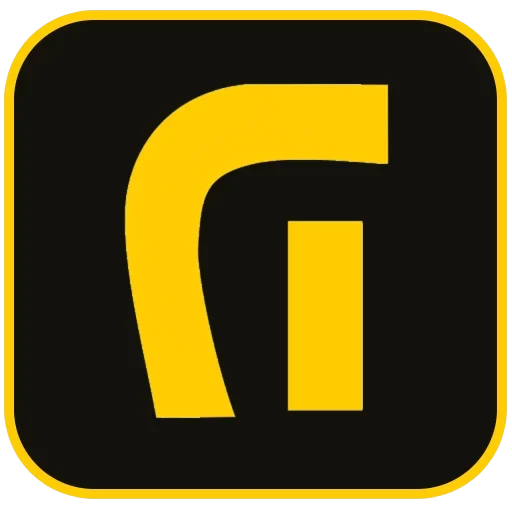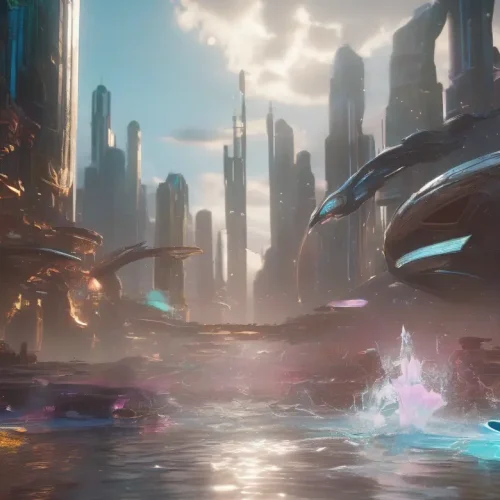Why Animation in Web Design is More Than Just Eye Candy
In the evolution of digital landscapes, websites have transformed from static pages of text and images into dynamic, interactive experiences. A key driver of this transformation is the strategic use of animation in web design. Far from being mere decoration, animation has become a powerful tool for enhancing user experience (UX), guiding user behavior, and ultimately achieving business objectives. When implemented thoughtfully, motion can make an interface feel more intuitive, responsive, and human, bridging the gap between a digital product and its user.
The core purpose of animation is to communicate change and provide context. In the physical world, objects move with a certain logic; they have momentum, they respond to force, and their transitions are predictable. Web animations can mimic these real-world physics to create a more natural and understandable environment. This approach reduces cognitive load, as users can intuitively grasp how elements on a page relate to one another and what their actions have triggered. From a subtle button glow to a complex data visualization, purposeful motion is fundamental to modern, user-centric design.
Key Uses of Animation in Websites to Enhance User Experience
Effective animation serves a clear purpose. Instead of distracting the user, it should streamline their journey and make interactions more meaningful. By integrating motion strategically, designers can significantly improve usability and create a more memorable brand experience.
Guiding User Attention and Navigation
One of the primary functions of animation is to direct the user’s focus. In a busy interface, motion can act as a gentle but effective signpost, drawing the eye to the most important elements without being intrusive. This is particularly useful for:
- Highlighting Calls-to-Action (CTAs): A subtle pulse or color shift on a “Sign Up” or “Buy Now” button can increase its visibility and encourage clicks.
- Onboarding Sequences: Animated tours can introduce new users to an application’s features, guiding them through the initial setup process in a clear and engaging manner.
- Visual Hierarchy: Staggered animations, where elements load in a specific sequence, can establish a clear visual hierarchy and guide the user’s reading path through the page content.
Providing Instant Feedback and Confirmation
Micro-interactions are small, contained animations that acknowledge a user’s action and provide immediate feedback. These subtle cues are critical for building user confidence and making an interface feel responsive and reliable.
- Button States: When a user clicks a button, it might depress, change color, or display a loading spinner. This confirms that the system has registered the input and is processing the request.
- Form Submissions: A loading animation followed by a success checkmark provides clear feedback that a form was submitted correctly, preventing users from clicking the button multiple times.
- Toggles and Switches: Animating the transition of a switch from “off” to “on” makes the state change obvious and satisfying.
Simplifying Complex Information and Storytelling
Animation excels at breaking down complex ideas and processes into easily digestible visual narratives. For businesses offering sophisticated services or products, this is an invaluable tool for education and marketing.
- Explaining Processes: An animated infographic can illustrate how a service works far more effectively than a dense block of text.
- Product Demonstrations: 3D animations can showcase a product from every angle, highlight key features, and demonstrate its functionality in a dynamic way that static images cannot.
- Brand Storytelling: Motion can be used to tell a compelling story about a brand’s mission, history, or values, creating a strong emotional connection with the audience.
Managing User Perception During Loading
No one likes to wait, but loading times are an unavoidable reality. Animation can significantly improve the user’s experience during these moments by managing their perception of time.
- Loading Spinners and Progress Bars: These animations show that the system is working and provide an indication of progress. This reassures the user that the site hasn’t frozen and can make the wait feel shorter than it actually is.
- Skeleton Screens: Instead of a blank page, a skeleton screen appears first, showing a wireframe of the page layout. Content then gradually fades in as it loads. This creates a smoother perceived performance and keeps the user engaged.
The Business Impact: How Strategic Animation Drives Results
Beyond improving the user experience, a well-executed animation in web design strategy delivers tangible business benefits. By making a website more engaging and intuitive, animations can directly influence user behavior and contribute to higher conversion rates.
Reducing Bounce Rates and Increasing Dwell Time
An interactive and visually appealing website encourages exploration. When users enjoy interacting with the elements on a page, they are more likely to stay longer, explore different sections, and absorb more of the content. Subtle animations, such as hover effects that reveal more information or smooth page transitions, create a fluid and engaging journey that lowers bounce rates and increases average session duration—key metrics that signal a positive user experience to search engines.
Boosting Conversion Rates
Ultimately, a website’s success is often measured by its ability to convert visitors into customers. Animation plays a crucial role in optimizing this conversion funnel. By guiding users toward key actions, providing reassuring feedback, and building trust through a professional and polished interface, animations help reduce friction in the user journey. An animated CTA is more likely to be noticed, and a smooth, feedback-rich checkout process can decrease cart abandonment, directly leading to increased sales and sign-ups.
Best Practices for Implementing Web Animation
The power of animation comes with a responsibility to implement it correctly. Poorly executed animations can slow down a website, frustrate users, and create accessibility issues. Adhering to best practices ensures that motion enhances the experience rather than hindering it.
Prioritizing Performance: Speed and Smoothness
Performance is non-negotiable. Slow-loading or jerky animations can damage user trust and hurt SEO rankings. To ensure a smooth experience:
- Aim for 60 Frames Per Second (FPS): This is the standard for fluid motion on most screens.
- Animate CSS Properties Wisely: Focus on animating properties that are less demanding on the browser, such as
transform(for movement, scaling, rotation) andopacity(for fading). Animating properties likewidthorheightcan trigger costly recalculations and lead to choppiness. - Optimize Assets: Compress video files, use lightweight animation formats like SVG or Lottie, and lazy-load animations that are not immediately visible.
- Measure and Test: Use tools like Google’s Lighthouse to measure Core Web Vitals before and after implementing animations to ensure they don’t negatively impact loading speed or interactivity.
Ensuring Accessibility for All Users
An inclusive website ensures that all users, regardless of ability, can access and enjoy the content. For animation, this means respecting user preferences and avoiding potential triggers.
- Respect Reduced Motion Settings: Many users enable a “reduce motion” setting in their operating system due to vestibular disorders or motion sensitivity. Use the
prefers-reduced-motionCSS media query to disable or replace non-essential animations for these users. - Avoid Flashing Content: Animations with rapid flashing or blinking (more than three times per second) can trigger seizures in individuals with photosensitive epilepsy.
- Provide Control: For any animation that plays automatically and lasts longer than five seconds, provide clear controls for users to pause, stop, or hide it.
Keeping Animations Purposeful and Subtle
Every animation should have a clear purpose. Motion that is purely decorative can quickly become distracting and annoying. The best animations are often the ones users feel more than they see.
- Be Intentional: Before adding an animation, ask what it achieves. Does it provide feedback? Does it guide the user? If not, it may be unnecessary.
- Keep it Brief: Most UI animations should be short and snappy, typically between 300 and 700 milliseconds. This is long enough to be noticeable but not so long that it causes a delay.
Conclusion: Weaving Motion into Your Digital Strategy
Thoughtful animation in web design is a hallmark of a mature, user-focused digital product. It transforms a static interface into a responsive and engaging environment, guides users effectively, and tells a compelling brand story. By focusing on purposeful motion, prioritizing performance, and ensuring accessibility, you can leverage animation not just as a design element, but as a strategic tool to boost user satisfaction, retention, and conversions. When motion is woven seamlessly into your digital strategy, it elevates the entire user experience, creating a lasting positive impression and driving business growth. For businesses looking to enhance their digital presence, investing in a professional web design strategy that incorporates effective animation is essential for staying competitive.
Sources:






